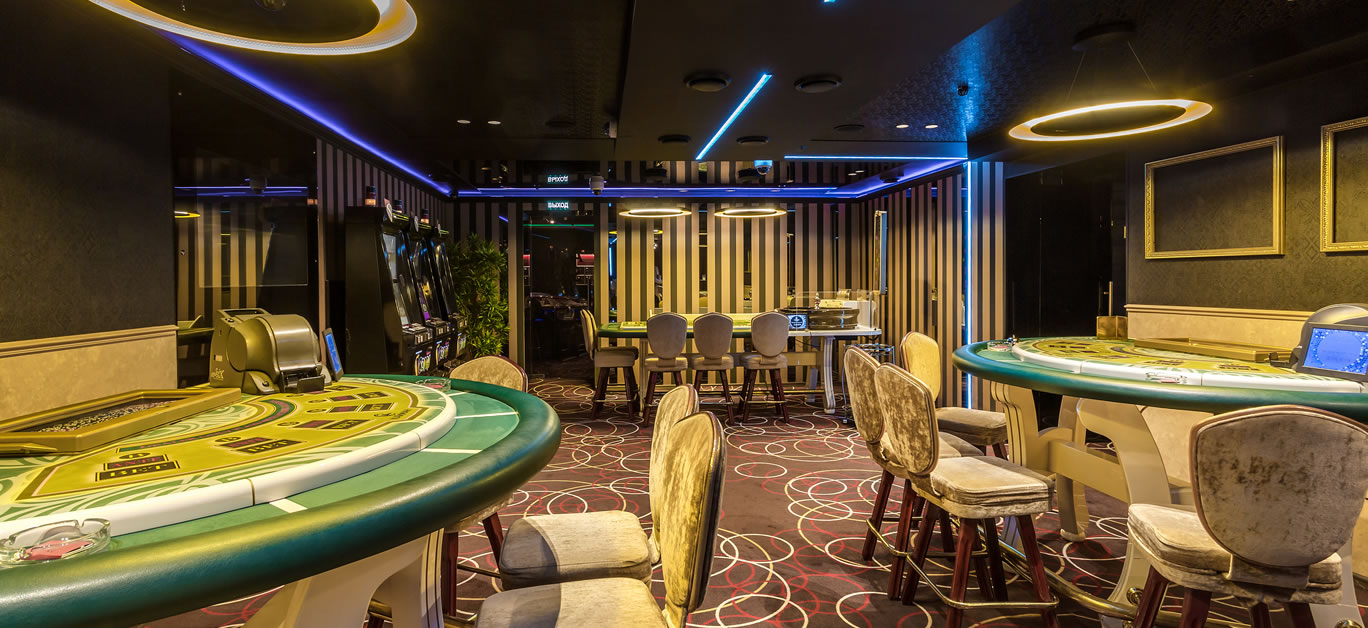
Within the lively and stimulating world of casinos, wherein fortune and strategy intertwine, color and aesthetic play a pivotal role in drawing in players. From the moment players step into a casino or log into a gaming platform, they are immersed in a visual feast that grabs their attention and entices them to discover further. Bright colors, captivating graphics, and innovative layouts are carefully crafted to create an atmosphere of thrill and anticipation, ultimately improving the gaming encounter.
While gamblers move through the ever-changing landscape of casino games, they come across a variety of designs that not only serve visual purposes but also influence emotions and decision-making. Hues like scarlet and gold symbolize wealth and luck, while calm blues and greens can create a more tranquil environment. Understanding how these elements function together enables casinos to create an welcoming and energizing atmosphere that encourages players to engage with the games, invest additional time at the tables, and boost their overall enjoyment.
The Science of Tint in Casino Games
Hue plays a key role in the creation of gaming experiences, influencing players’ emotional states and responses. Vivid and bold colors, such as crimson and amber, are often used to ignite enthusiasm and capture focus. These hues create a sense of pressure and energy, encouraging participants to participate more eagerly with the experience. By thoughtfully selecting hues, designers aim to elicit feelings of pleasure and anticipation, which can enhance the total game experience.
Various hues also have psychological associations that can impact how players perceive their odds of winning. For instance, emerald is often associated with luck and abundance, making it a frequent choice in activities like roulette and poker games. https://gacam888.co/ This link can cause participants to feel more positive and confident in their play, ultimately motivating them to wager more. Grasping these associations allows game designers to create environments that enhance player satisfaction and loyalty.
In addition, the interface of casino game interfaces often utilizes color gradients and contrasting colors to direct players’ responses. For instance, winning results may be highlighted with bright, differing shades, creating a visual incentive. This technique reinforces successful results and encourages repeated engagement. By utilizing the science of color, gaming venues can design games that not only draw players but also keep them interested and committed in their game experience.
Creative Elements that Engage Gamers
The visual appeal of casino games is largely influenced by the use of vibrant colors. Bright and contrasting colors are strategically chosen to create an appealing atmosphere that captures attention. For example, crimson and golden hues often signify good fortune and prosperity, which is why they are common in the color schemes of slot machines and game surfaces. These colors not only draw players in, but they also stir emotions related to thrill and expectation, enhancing the total gaming experience.
In parallel to color, the aesthetic and organization of casino games play a significant role in player attraction. Games are designed to be intuitive, ensuring that players can quickly understand the guidelines and mechanics. User-friendly interfaces, along with engaging graphics and motion, help maintain player interest and promote longer play sessions. The tactile elements, such as the feel of the buttons and the audio of the games, also contribute to a comprehensive sensory experience that keeps players immersed.
In conclusion, conceptual elements in gaming design can greatly influence player choice. Many gambling games are inspired by media, myths, or exploration motifs, incorporating symbols and characters that resonate with players. These themes create a sense of engagement and relatability, making each game feel unique. When players feel a bond to the theme, they are more likely to choose that game over others, leading to higher participation and excitement within the gambling environment.
Case Studies: Notable Casino Table Game Designs
One noteworthy example of impressive gambling game design is the well-known slot machine series based around blockbuster movies. Games such as those based on the The Wizard of Oz and Game of Thrones utilize dynamic colors and top-notch graphics to immerse players in well-known narratives. The use of dynamic visuals and entertaining sound effects captures the focus of players, building an psychological connection to the theme. This tactic not only fosters longer play but also enhances the overall gaming experience, yielding increased player retention.
Another notable case is the use of color in table games like 21 and roulette. Casinos often develop these games with rich reds and greens, colors traditionally linked with luck and wealth. For instance, the green felt on a 21 table provides a calming effect, while the crimson accents in the wheel invite thrill. This deliberate use of color helps to establish an inviting atmosphere that encourages players to join in, fulfilling their psychological impulses and increasing their enjoyment.
Finally, social casino games that feature social features and bright, colorful designs have seen remarkable success in engaging players. Games like Zynga’s Poker and Slotomania leverage bright colors and playful animations to create an inviting online environment. The addition of leaderboards, social sharing options, and in-app rewards encourages competition and community, drawing players in for longer sessions. Such designs merely make the games visually enticing but also highlight social interaction, a key factor in player retention and engagement within online casino environments.
